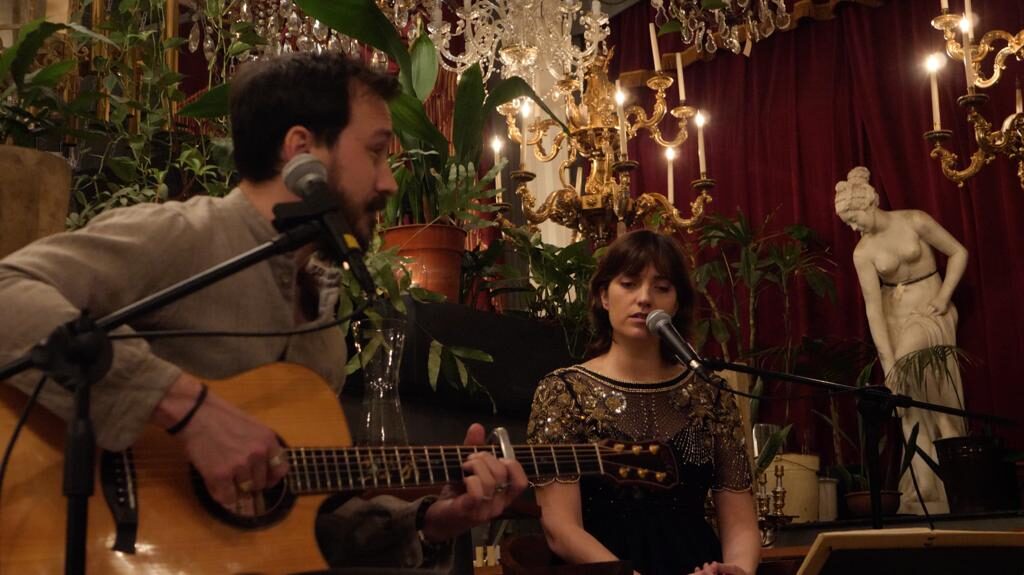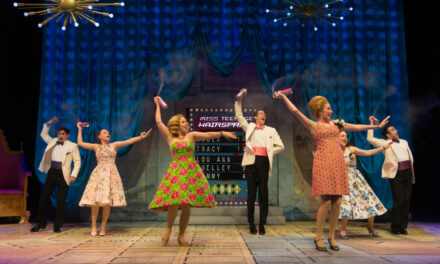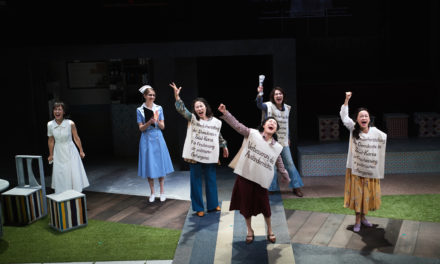AURIC (Songs from a Golden Age) at the Brighton Fringe is a unique aural journey and experience that – if not for Covid – would be ideally performed live in a church, or a cave, or any other building with echo-like acoustics that would allow its audience to fully encounter its immersive qualities. But even online, AURIC succeeds in transcending temporal and spatial limits to absorb the audience with its words, sounds, and emotions rooted in the texts from seventeenth-century Spain (so-called Spanish Golden Age). These are spoken and sung in Spanish and English by UK-based Spanish actress Paula Rodríguez to the music and sounds written and performed by the French composer and musician Arthur Astier. Rodríguez has been finding unique ways to engage international audiences with Spanish classical texts for nearly a decade now. She even co-created a company Teatro Inverso to serve that aim. Astier’s work has experimented with sounds and music in interdisciplinary contexts. He has collaborated with Peter Brook, Christian Boltanski, and Frank Krawczyk. Their combined and diverse expertise and experiences show in AURIC’s style, dramaturgy, and performances, and, arguably, are behind the power of the piece.
AURIC is divided into sections, and each section represents a particular text taken from the most artistically fruitful Spanish period that Spanish Golden Age was. These include verse-pieces from Lope de Vega and Pedro Calderón de la Barca; Rodríguez intertwines the classical verses with her own writing. Rodríguez and Astier are sitting on chairs, have microphones, and he has a guitar. The setting looks like a pub. However, to describe AURIC as a “gig theatre” would be to underestimate the intercultural aspects of the work and its commitment to interdisciplinary experimentation. For a start, the pub-like atmosphere is juxtaposed by a lavish lamps-plants-statue decoration (or installation) that evokes Baroque spirit and fits Rodríguez’s elegant dress. There are elements of a classical concert, French chanson, rock ballad, melorecitation, contemporary sound experimentations, all enhanced by verse rhythm. One of the most powerful moments is a fragment from Calderón’s El príncipe constante (The Constant Prince). Rich sounds in Rodríguez’s voice are enhanced here by sounds of Astiert’s heart-beat and pouring water that speak to the heightened emotional levels and ritual aspects of the source text.
The final play on the famous monologue from La vida es sueño (Life is a Dream) that talks about theatricality of the world we live in speaks as powerfully to the current moment as it did 400 years ago in the pandemics and war-ridden Spain. Because above all, AURIC is an oral and aural dialogue between cultures and times as well as with the audience, our ideas, and our senses. The richness in which the piece explores the dialogic nature of verse, its musical, and rhythmic qualities, made me scream at the end “Let them do Yeats next!”
This post was written by the author in their personal capacity.The opinions expressed in this article are the author’s own and do not reflect the view of The Theatre Times, their staff or collaborators.
This post was written by Kasia Lech.
The views expressed here belong to the author and do not necessarily reflect our views and opinions.

















